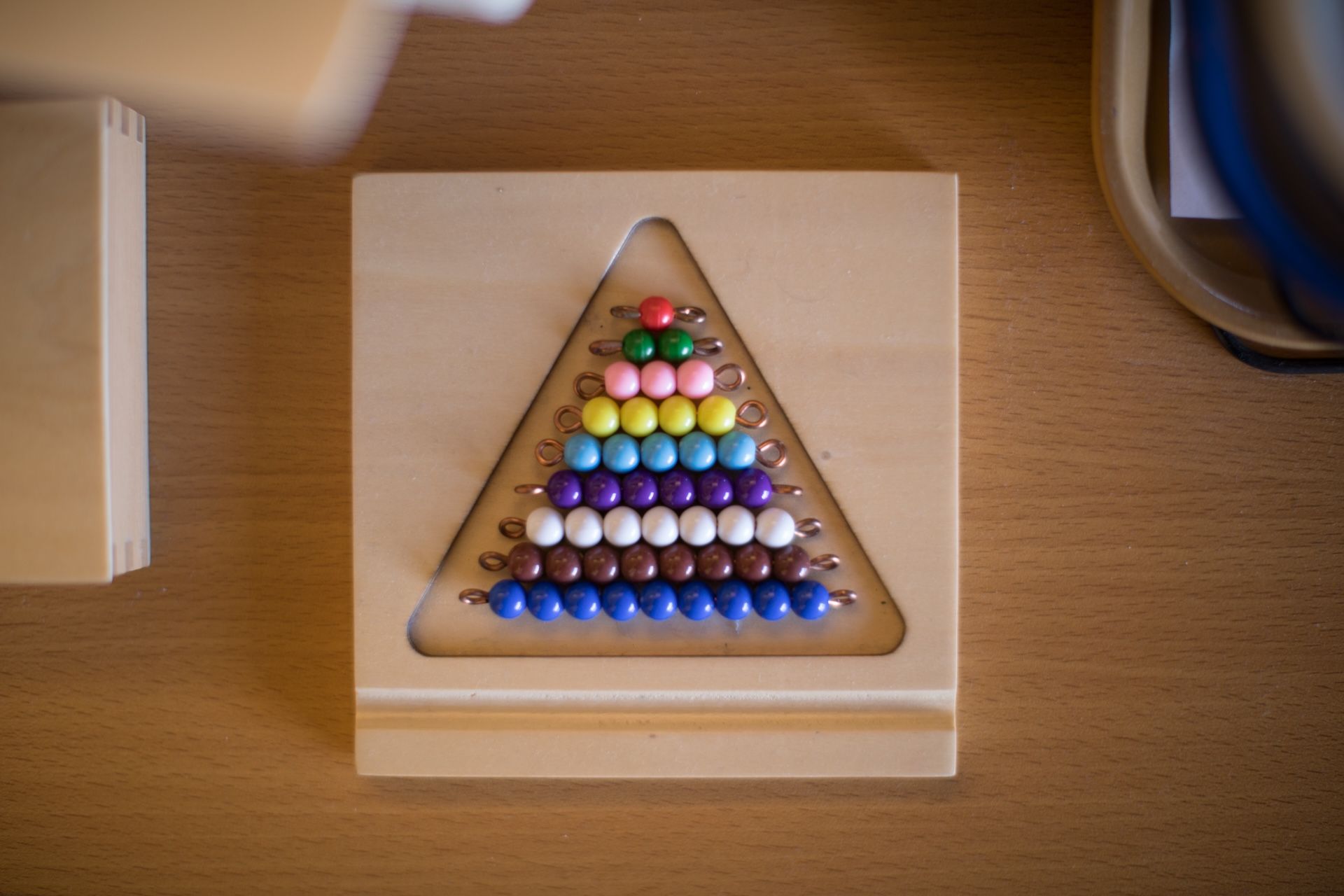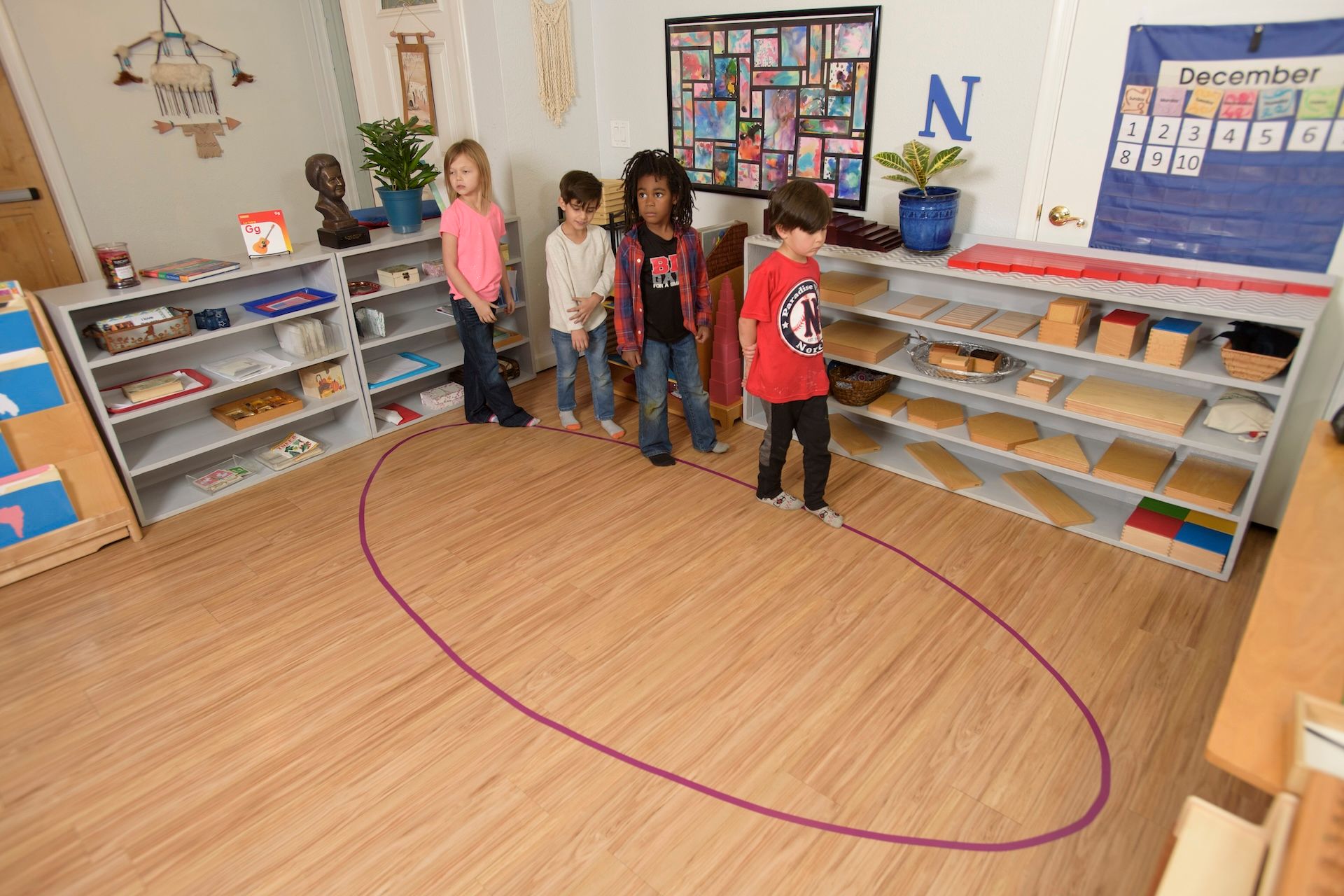Montessori education provides a solid foundation for self-sufficiency in children. There’s a heavy emphasis on letting children direct their own activities—lectures, worksheets, and threats of punishment are usually avoided. The guiding principles of this educational style recognize the key differences in the way children absorb information and use different techniques for engagement

Being a Montessori instructor is a full-time job (and a challenging one at that). Fortunately, you don’t need to have Dr. Montessori’s handbook memorized to provide enrichment in your home. Children are sponges and absorb information constantly using all of their senses. With a few simple techniques, you can tap into your child’s learning style and create fun and enriching activities in your daily routine.
Explain and Refrain
Children absorb information in a far less language-oriented way than the average adult. When you want to demonstrate an activity, like getting a cup of water, too much verbal explanation can hurt your cause. Focus more on naming the objects and demonstrating the activity. Always use a slower pace when working with children. Each detail is new and fascinating to their young brains.
Once you’ve demonstrated, take a step back. Let your child explore the activity in a hands-on way. They will make mistakes. Don’t try to stop them before it happens. They need to experience a variety of possible outcomes, like a cup falling over or overflowing. Making mistakes is more crucial to learning than avoiding them.
Order and Repetition
The sequence and complexity of steps in a process are important considerations in Montessori teaching. Break tasks down into individual steps and try to make them small. Get the cup. Set it on the table. Bring the pitcher to the table. When you demonstrate an activity, use the same set of steps in the same order every time. Use the same cup, the same table, and the same pitcher. This further reinforces the child’s understanding since the observations are all congruent.
Repetition is one of the most important tools you have in teaching new tasks to your child. Try the same tasks over and over—demonstrate, step back, repeat. Most importantly, leave the materials where your child can get them without your help. Keep their drinking set in a low, open space where they can easily see it without opening a door—there are Montessori-specific tools for this, but it can be as easy as removing one or two cabinet doors in your kitchen. Changing your space to work with your child’s exploration will provide exciting results.
Avoid the Rewards System
This isn’t to say you shouldn’t praise children for doing well at a task. Successful completion of a task is noteworthy and should be positively acknowledged, not ignored. However, a system where completing the activity results in a physical reward can have an adverse impact on the source of motivation. Strong intrinsic motivation, or desire to pursue an activity to its fullest for the satisfaction of it, can be a predictor of success. Sometimes, it seems to make sense that you should reward children for their help with small tokens—candies, stickers, treats. But, these types of rewards move the motivation outside of this intrinsic realm. These become extrinsic motivations, which are not nearly as strong and don’t have the same lasting impact of those coming from within.
Praise your child’s success in an activity or its attempt. When they’ve done something correctly, acknowledge it with positive words. The material additions aren’t necessary. In a nurturing environment, kindness can transform into confidence.
Working with your child’s instructor on how activities are explained and what tasks are age appropriate will help you find the best balance to accompany their progressive education. There’s no reason to stop learning when the school day ends! With a few simple changes, you can bring independent exploration to your child’s home environment.
Hours
MONDAY - FRIDAY
HALF DAY: 8:30a – 12 noon
ACADEMIC DAY: 8:30a – 3:30p
EARLY CARE: 7:00a – 8:30a
AFTER CARE: 3:30p – 6:00p
OFFICE: 8:00a - 4:00p
Programs
Connect
Pebblecreek Montessori




